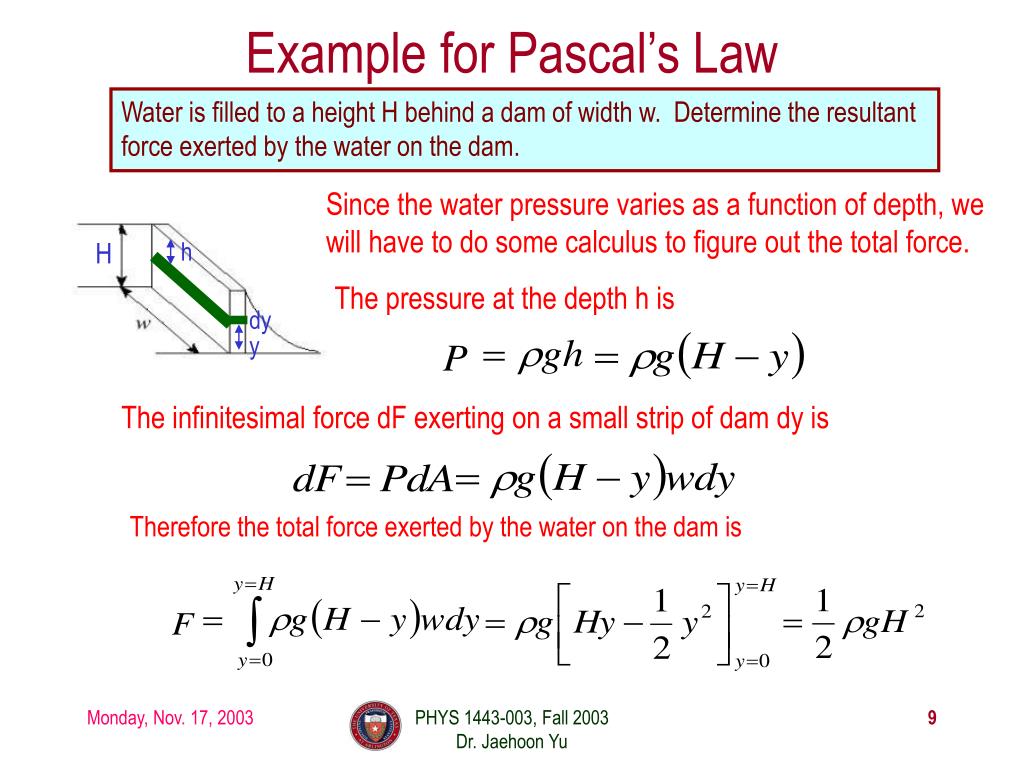

The real answer, though, is that there is a lot of subtlety here, and a flagrant lack of continuity when it comes to limits. Now, we need to define what constitutes as a "side" here, and then we can have a proper answer. Now, it's true that you can ask "how many sides does a circle have", and you'd expect the answer to be in the form of a cardinal number (because those are the answers to "how many objects"). The notion of infinitesimals is not related to cardinals, and cardinals are not real, hyperreal, or surreal numbers. These systems have a different notion of limits. Maybe not as real numbers directly, but maybe in its "infinite relative" in the form of infinitesimals.īut this is not how it works. The underlying problem here is that the natural numbers are all of the following (and more):īecause people are exposed to limits a long time before they are exposed to any other concept of infinity, there's a tendency to think that all of these things are the same, and that "a limit is a limit is a limit", so $\aleph_0$ and $\omega$ should somehow connect to the real numbers. Could there perhaps be a difference in the second derivative, where a real circle is continuously curved everywhere and the second derivative of an infinite regular polygon is a dust with curvature zero almost everywhere and curvature 1/(countably infinite) just at the rational vertices?

Such a polygon would only have vertices at rational divisions of the angle around the perimeter, and in theory would be overwhelmed by all of the irrational points lying on straight edges with zero curvature. I was curious if there was something more subtle but similarly broken in taking the limit of a regular polygon with countably infinite sides. That breaks down because the boundary, that first derivative, is no longer smooth, it is a discontinuous fractal of right angles. There's a meme about starting with a circle's bounding square and recursively inverting the right angles, approaching something that bounds the area of the circle in the limit but still has the perimeter of the original bounding square. There is a general understanding that some infinities are bigger than others, in particular the infinity of the integers, the countable set of infinite discrete elements, and that larger infinity of the uncountable continuum.ĭo mathematical limits take this distinction into consideration? Having an epsilon approach zero could be via an iterated mechanism of subdivision or via some continuous shrinking process, and because there are different types of infinity it feels like the way an epsilon becomes infinitesimal should matter.įor a concrete example, I was curious about the distinction between the limit of adding countably infinite edges/vertices to a regular polygon and the traditional notion of a continuous circle.


 0 kommentar(er)
0 kommentar(er)
